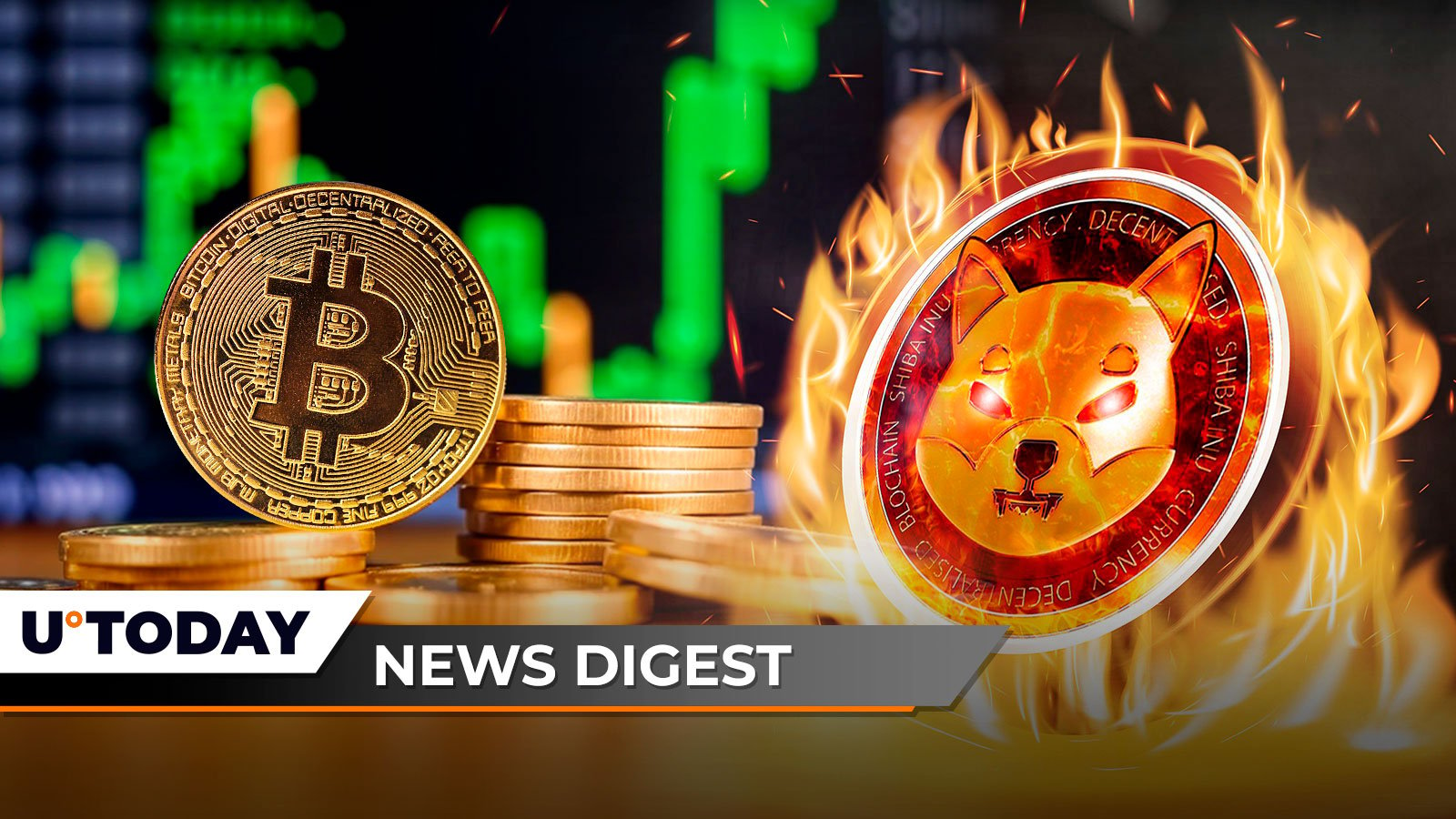Exactly How to Use copyright News to Make Informed Investment Decisions
Checking Out the Effect of Governing Modifications and Technical Innovations on Today's Digital Currencies Headings
The intersection of regulatory modifications and technical developments is basically altering the landscape of digital currencies, triggering a re-evaluation of their role in the international economy. Regulatory bodies, such as the SEC and CFTC, are actively influencing exactly how electronic properties are classified, while new technologies are improving purchase efficiencies and safety procedures.
Current Regulatory Landscape
Following quick developments in electronic currencies, the existing governing landscape is evolving to attend to the intricacies and difficulties presented by these technologies. Governments and regulative bodies around the world are coming to grips with exactly how to successfully manage this blossoming market, which commonly transcends nationwide borders.
Key governing approaches consist of the facility of structures that specify electronic money, making sure consumer security and preventing illicit tasks such as cash laundering and fraud. In the United States, agencies like the Stocks and Exchange Payment (SEC) and the Product Futures Trading Commission (CFTC) are actively participating in conversations to clear up the classification of different electronic assets and their governing ramifications.
In A Similar Way, the European Union is progressing its Markets in copyright-Assets (MiCA) guideline, which aims to create a cohesive regulatory setting throughout participant states. Countries like China have actually gone with stricter steps, including outright bans on certain copyright tasks.
As this governing landscape continues to establish, it will be essential for stakeholders, including organizations and customers, to stay informed and adjust to the changing environment to minimize risks while profiting from possibilities within the digital currency round.
Key Technological Innovations
Many technical technologies are reshaping the landscape of electronic money, considerably boosting their capability and protection. One of the most critical improvements is the growth of blockchain modern technology, which provides a decentralized ledger that makes certain openness and immutability of deals. copyright news. This technology not only mitigates the threat of fraud but additionally enables for real-time deal confirmation, promoting user trust
In addition, the appearance of wise contracts has actually changed exactly how arrangements are performed within digital money ecological communities. These self-executing contracts facilitate automatic transactions, eliminating intermediaries and lowering costs connected with traditional agreement enforcement. Moreover, improvements in cryptographic strategies enhance the security of electronic budgets, guarding individuals' properties from prospective cyber dangers.
Another noteworthy advancement is the combination of expert system in purchase tracking and scams detection, making it possible for platforms to determine suspicious tasks immediately. The introduction of Layer 2 scaling remedies, such as the Lightning Network, addresses scalability concerns, enabling for faster and cheaper transactions on networks like Bitcoin.

Impact on Market Characteristics
Technological technologies in electronic currencies have not only improved performance and security yet have also significantly modified market dynamics. The intro of blockchain technology has enhanced transparency and lowered deal costs, causing better effectiveness in trading and financial investment. This has encouraged an extra diverse variety of individuals, from retail capitalists to institutional players, to involve with electronic money, thereby enhancing market liquidity.
Additionally, the development of decentralized finance (DeFi) systems has interfered with conventional financial systems, offering customers with alternative avenues for borrowing, loaning, and trading. This change has actually fostered a competitive setting where standard banks are urged to innovate or take the chance of obsolescence (copyright news). With the rise of stablecoins, which use price security among volatility, traders can now implement deals with minimized threat, additional affecting market behavior
In addition, the assimilation of man-made intelligence and machine knowing in trading methods enables for much more advanced market evaluation and predictive modeling. Therefore, capitalists are much better equipped to reply to market changes, creating a much more vibrant trading environment. Jointly, these technologies are improving the landscape of electronic money, causing a more interconnected, affordable, and efficient market.

Global Perspectives on Policy
Regulatory techniques to electronic money differ dramatically around the world, blog typically showing varying economic priorities, social attitudes toward advancement, and degrees of technological adoption. In the United States, regulative bodies such as the SEC and CFTC grapple with specifying the legal status of cryptocurrencies, concentrating on financier protection and market integrity. The European Union is advancing detailed regulatory structures like the Markets in copyright-Assets (MiCA) proposition, intending to produce a unified method that cultivates technology while ensuring consumer safety.
In contrast, countries like China have adopted an outright restriction on cryptocurrencies, prioritizing financial control and financial security over advancement. Alternatively, nations such as El Salvador have actually welcomed Bitcoin as legal tender, showcasing a bold commitment to monetary incorporation and financial modernization.
Developing nations commonly discover themselves navigating an intricate landscape, balancing the need for policy with the potential benefits of electronic money in driving economic development. In general, the worldwide regulatory setting continues to be fragmented, with continuous discussions and changes as federal governments seek to strike a balance in between promoting development and mitigating risks related to electronic money. This dynamic landscape underscores the demand for continuous global participation and discussion amongst regulatory authorities.
Future Patterns in Digital Currencies
As regulatory structures advance, the landscape of digital currencies is poised for significant change. Arising trends read what he said show a convergence of governing clearness and technical development, which will certainly shape the future of digital money. Central Financial Institution Digital Currencies (CBDCs) are anticipated to get traction as governments discover their possible to boost monetary plan effectiveness and economic inclusion.
Concurrently, decentralized money (DeFi) systems are expected to test typical banking systems, providing cutting-edge financial solutions that operate without middlemans. This change might bring about a re-evaluation of existing laws to fit the one-of-a-kind attributes of DeFi while ensuring consumer security and systemic stability.
Additionally, the integration of synthetic knowledge and artificial intelligence in copyright trading and threat assessment will certainly redefine investment approaches and market characteristics. As digital currencies become significantly mainstream, issues such as cybersecurity threats and governing compliance will certainly necessitate robust check my source options.
Last but not least, public assumption and adoption will certainly play a vital role in identifying the trajectory of digital money. Increased recognition and education and learning pertaining to the benefits and dangers connected with electronic currencies will drive approval, inevitably affecting the regulatory landscape and market advancements in the years to find.
Final Thought
